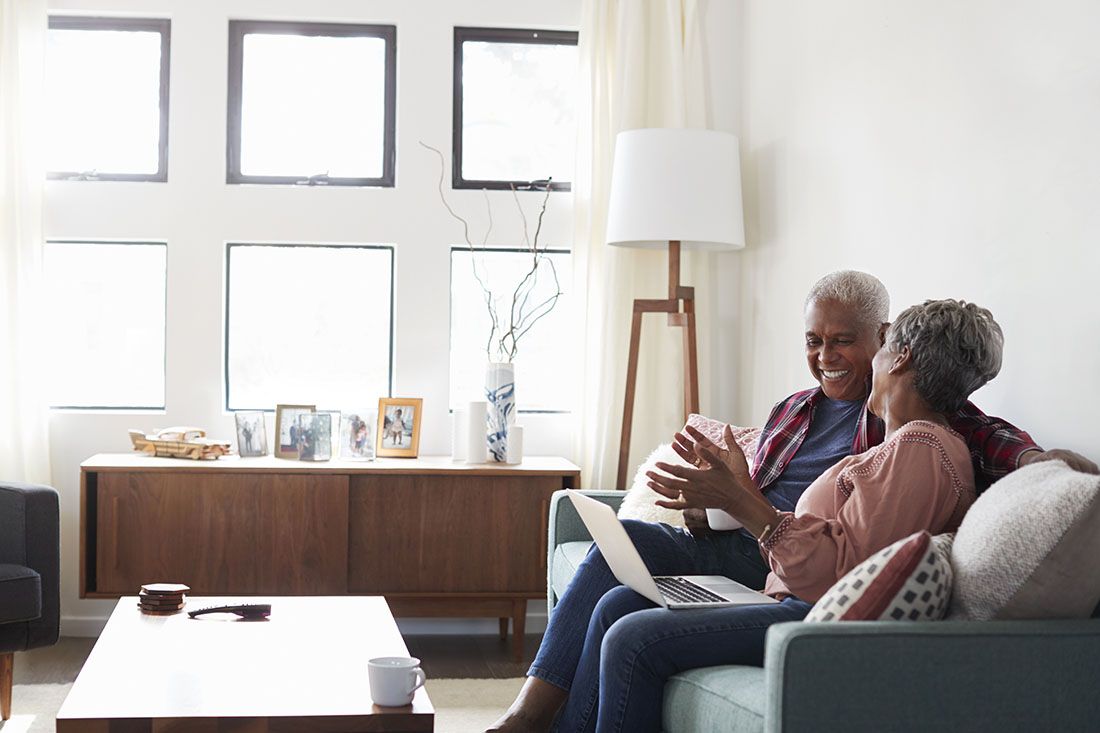Are you including home renovations in your long-term care plan? If not, you may want to think about it, especially if you want to remain in your home.
It’s common to associate long-term care with an insurance policy or saving money to cover assisted living, nursing, or home care once you need it, but it’s so much more. According to the National Institute on Aging, long-term care involves a variety of services designed to meet a person's health or personal care needs during a short or long period of time. These services help people live independently and as safe as possible when they can no longer perform everyday activities on their own. If you want to age in place, in addition to planning for your physical care, adapting your home now in anticipation of mobility and other physical challenges that come with growing older should also be a priority. And, it’s also fiscally responsible because it will prevent a larger cash outlay down the road when you’re in crisis as a result of an unforeseen medical issue or injury.
October is long-term care month; a reminder to look at your situation, beyond medical, and make or plan for necessary changes to ensure your best quality of life.
Ask yourself these questions:
- What is functional in my home now that may work in the future?
- What shelves will be difficult to reach when it’s no longer safe to use a step stool?
- How will I cook if I’m no longer able to stand in the kitchen?
- What will I do when I can no longer step into a bathtub?
- Can the outside steps be replaced with a ramp?
- Will the inside stairs in my house accommodate a chair lift, if needed?
- What if my eyesight diminishes, and it becomes challenging to move around my home?
- Will I need brighter lighting in my home, if my eyesight is weakened?
- Will the flooring in my home accommodate a walker or wheelchair?
- How could home automation and other accessories help me a remain independent?
People set on remaining in their homes are anticipating the mobility challenges of growing older now and preparing by remodeling and making their home more accessible. They are leveling out entrances, pulling up carpet, improving their lighting, and switching out cabinetry, counter tops and stove tops, with accessible accessories. These pull down, roll under, slide out, and light up accessories make everyday tasks easy and safe, whether you’re standing with a walker or sitting in a wheelchair. They make it possible for you to prepare a meal, organize and access your cupboards and cabinets with accessible storage.
Remodeling your spaces and installing accessible accessories is about are freedom, comfort, flexibility, and self-reliance. So, make the functionality of your home part of your long-term care plan and let’s get together to talk about that plan.

